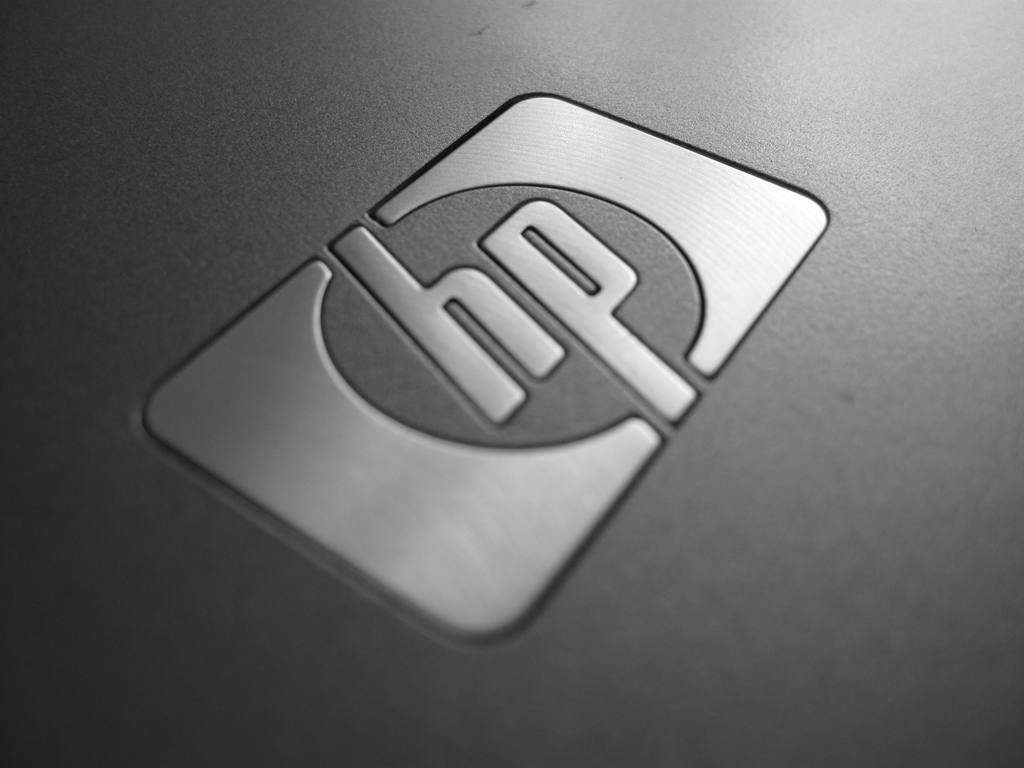
Today, a year after taking the top job at HP, chief executive Meg Whitman and her management team outlined a comprehensive strategy to turn the company around, reinvigorate HP’s culture of engineering, and return the enterprise to growth.
[aditude-amp id="flyingcarpet" targeting='{"env":"staging","page_type":"article","post_id":544375,"post_type":"story","post_chan":"none","tags":null,"ai":false,"category":"none","all_categories":"business,cloud,enterprise,","session":"B"}']To do so, she’s focusing the company on major trends: cloud computing, data security, and “information optimization.” But she doesn’t expect to see results — growth in step with the U.S. economy — until 2016.
Ouch. That is a loooong ways away.
AI Weekly
The must-read newsletter for AI and Big Data industry written by Khari Johnson, Kyle Wiggers, and Seth Colaner.
Included with VentureBeat Insider and VentureBeat VIP memberships.
Big ships take a long time to turn around, true, but investors are rarely patient enough to wait around four years (I really want to use all caps on those two words) for the boat to stop leaking. It’s been a few months since Whitman was “cautiously optimistic” that HP was stabilizing, but the company announced today that major cuts and consolidations are still coming.
Patrick Moorhead, an analyst covering the company, is at least impressed with the honesty.
“HP’s transparency was unprecedented in what I’ve heard from a major tech company in the last few years,” Moorhead told VentureBeat. “The reality is that every big company turnaround takes at least five years no matter how hard or how much emphasis a company places on it.”
In addition, I’m not sure the focus Whitman is looking for translates incredibly well into the business units.
The major segments outlined in HP’s release include HP Enterprise Services and HP Enterprise Group (that couldn’t cause any confusion, could it?), HP Printing and Personal Systems (a group with two foci, one built on printer ink and the other on a decreasing traditional PC market, and neither speaking to the key area of consumer growth: mobile), HP Software (big, profitable, and growing), and HP Converged Cloud (also growing).
There would seem to be a lot of distraction in those five business units that is not in line with Whitman’s core strategic priorities. Not to mention some overlap.
[aditude-amp id="medium1" targeting='{"env":"staging","page_type":"article","post_id":544375,"post_type":"story","post_chan":"none","tags":null,"ai":false,"category":"none","all_categories":"business,cloud,enterprise,","session":"B"}']
“HP fundamentally must answer three strategic leadership questions in these areas,” says Moorhead. “HP must lay out a inspiring and aggressive plan for public clouds, PCs in the context of an enterprise company, and smartphones.”
One other problem? The strategy document is dripping with jargon that sounds great but sometimes betrays a fresh-out-of-MBA-school baffle-them-with-bullshit mentality.
For example, can you imagine Steve Jobs saying something like this?
HP initiated a multiyear restructuring designed to realign its cost structure and create investment capacity to drive innovation against its strategic priorities, strengthen market leadership and rebuild its balance sheet while returning capital to shareholders.
Driving innovation is a wonderful thing when you can make it work, but it’s not Miss Daisy and it doesn’t just hop into your car. In plain English, the company is cutting people to save money so that it can invest in new technology, which will hopefully help HP return to some semblance of leadership, be profitable, and make investors richer.
[aditude-amp id="medium2" targeting='{"env":"staging","page_type":"article","post_id":544375,"post_type":"story","post_chan":"none","tags":null,"ai":false,"category":"none","all_categories":"business,cloud,enterprise,","session":"B"}']
Facing the facts — plain English might help — could help HP focus much more urgently on supporting strength and divesting itself of weakness. The core question is: Can HP return to the HP Way — nimble, fast, innovative … and immensely respected, successful, and profitable?
Perhaps, but based on this announcement, I’m not optimistic.
photo credit: włodi via photopin cc, AtomDocs via photopin cc
VentureBeat's mission is to be a digital town square for technical decision-makers to gain knowledge about transformative enterprise technology and transact. Learn More